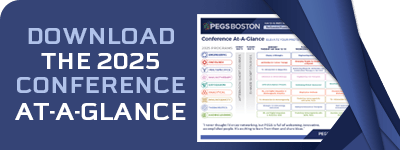Cambridge Healthtech Instituteの第26回年次
Engineering Antibodies
抗体工学
New Strategies and Science for Engineering Next-Generation Biotherapeutics
次世代のバイオ医薬品工学における新戦略と科学
2025年5月13日 - 14日 EDT(米国東部標準時・夏時間)
Sunday, May 11
1:00 pmMain Conference Registration
2:00 pmRecommended Pre-Conference Short Course
SC1: In silico and Machine Learning Tools for Antibody Design and Developability Predictions
*Separate registration required. See short course page for details.
Tuesday, May 13
1:50 pmDessert Break in the Exhibit Hall with Poster Viewing
CHALLENGING INDICATIONS WITH ENGINEERING SOLUTIONS
Antibody Engineering to Target Staphylococcus aureus
 Dominique M. Missiakas, PhD, Professor, Microbiology, University of Chicago
Dominique M. Missiakas, PhD, Professor, Microbiology, University of Chicago
Staphylococcus (S.) aureus infection is a frequent cause of sepsis in humans, a disease associated with high mortality and exacerbated by antibiotic resistant strains. The development of immune therapeutics against S. aureus has been thwarted by the formidable array of virulence mechanisms of this pathogen that together inhibit antibody's functions and subvert host immune defenses. Here, we describe engineered antibodies that escape bacterial-mediated inhibition, display extended half-life and improve bacterial killing.
CNS Drug Delivery Using Bispecific Antibodies Targeting CD98hc and Transferrin Receptor
 Peter M. Tessier, PhD, Albert M. Mattocks Professor, Pharmaceutical Sciences & Chemical Engineering, University of Michigan
Peter M. Tessier, PhD, Albert M. Mattocks Professor, Pharmaceutical Sciences & Chemical Engineering, University of Michigan
The inability of diverse biomolecules to readily penetrate the blood-brain barrier is a key limitation to their use in research, diagnostic, and therapeutic applications. We are developing bispecific antibodies that engage either CD98hc or transferrin receptors and efficiently transport biomolecules into the CNS. We will discuss the unique advantages of each shuttling pathway, our progress in developing second-generation shuttles, and their drug delivery applications.
4:00 pmRefreshment Break in the Exhibit Hall with Poster Viewing
SPEED NETWORKING
How Many New Contacts Can You Make?
 Kevin Brawley, Project Manager, Production Operations & Communications, Cambridge Innovation Institute
Kevin Brawley, Project Manager, Production Operations & Communications, Cambridge Innovation Institute
Bring yourself and your business cards or e-cards, and be prepared to share and summarize the key elements of your research in a minute. PEGS-Boston will provide a location, timer, and fellow attendees to facilitate the introductions.
NEXT-GENERATION BIOLOGICS FOR TREATMENT OF OBESITY
Therapeutic Strategies for GIP Antagonists in Obesity
 Michael Wolfe, MD, Professor, Physiology and Biophysics, Case Western Reserve University
Michael Wolfe, MD, Professor, Physiology and Biophysics, Case Western Reserve University
Glucose-dependent insulinotropic polypeptide (GIP) plays a major physiological role in nutrient deposition and storage. GIP is overexpressed in obese individuals, and enhanced postprandial secretion initiates a vicious cycle characterized by increased nutrient uptake and storage in adipocytes, leading to insulin resistance and hyperinsulinemia, further increasing adipocyte nutrient uptake and storage. A reduction in GIP signaling using a specific monoclonal antibody to GIP decreases weight in obese mice and prevents weight gain in normal mice and in leptin-deficient ob/ob mice without suppressing food intake, suggesting that this antibody might provide a novel, useful method for the treatment and prevention of obesity.
De novo Design and Engineering of Novel GLP1R Agonist Miniprotein
 Ben Meinen, PhD, Head, Protein Design, AI Proteins
Ben Meinen, PhD, Head, Protein Design, AI Proteins
De novo designed miniproteins represent a groundbreaking new modality, offering unprecedented flexibility in engineering biologics with an array of desirable features tailored for specific applications. We developed a novel GLP1R agonist miniprotein designed de novo to exhibit improved biased signaling with a strong emphasis on G protein-coupled signaling, while significantly reducing ß-arrestin signaling. Our well-folded and stable agonist shows blood glucose lowering in diabetic db/db mice.
KEYNOTE PRESENTATION: Spatiotemporal Programming of Cytokine Immunotherapy for Cancer
 K. Dane Wittrup, PhD, C.P. Dubbs Professor, Chemical Engineering & Bioengineering, Massachusetts Institute of Technology
K. Dane Wittrup, PhD, C.P. Dubbs Professor, Chemical Engineering & Bioengineering, Massachusetts Institute of Technology
On-target, off-tumor toxicity severely limits systemic dosing of cytokines and agonist antibodies for cancer. Intratumoral administration is increasingly being explored to mitigate this problem. Full exploitation of this mode of administration must include a mechanism for sustained retention of the drug; otherwise, rapid diffusion out of the tumor eliminates any advantage. We will present recent work from our lab developing new molecules and design principles for such intratumoral immune therapeutics.
6:10 pmClose of Day
6:10 pmDinner Short Course Registration
6:30 pmRecommended Dinner Short Course
SC4: Best Practices for Targeting GCPRs, Ion Channels, and Transporters with Monoclonal Antibodies
*Separate registration required. See short course page for details.
Wednesday, May 14
7:15 amRegistration and Morning Coffee
WORKFORCE INNOVATION BREAKFAST
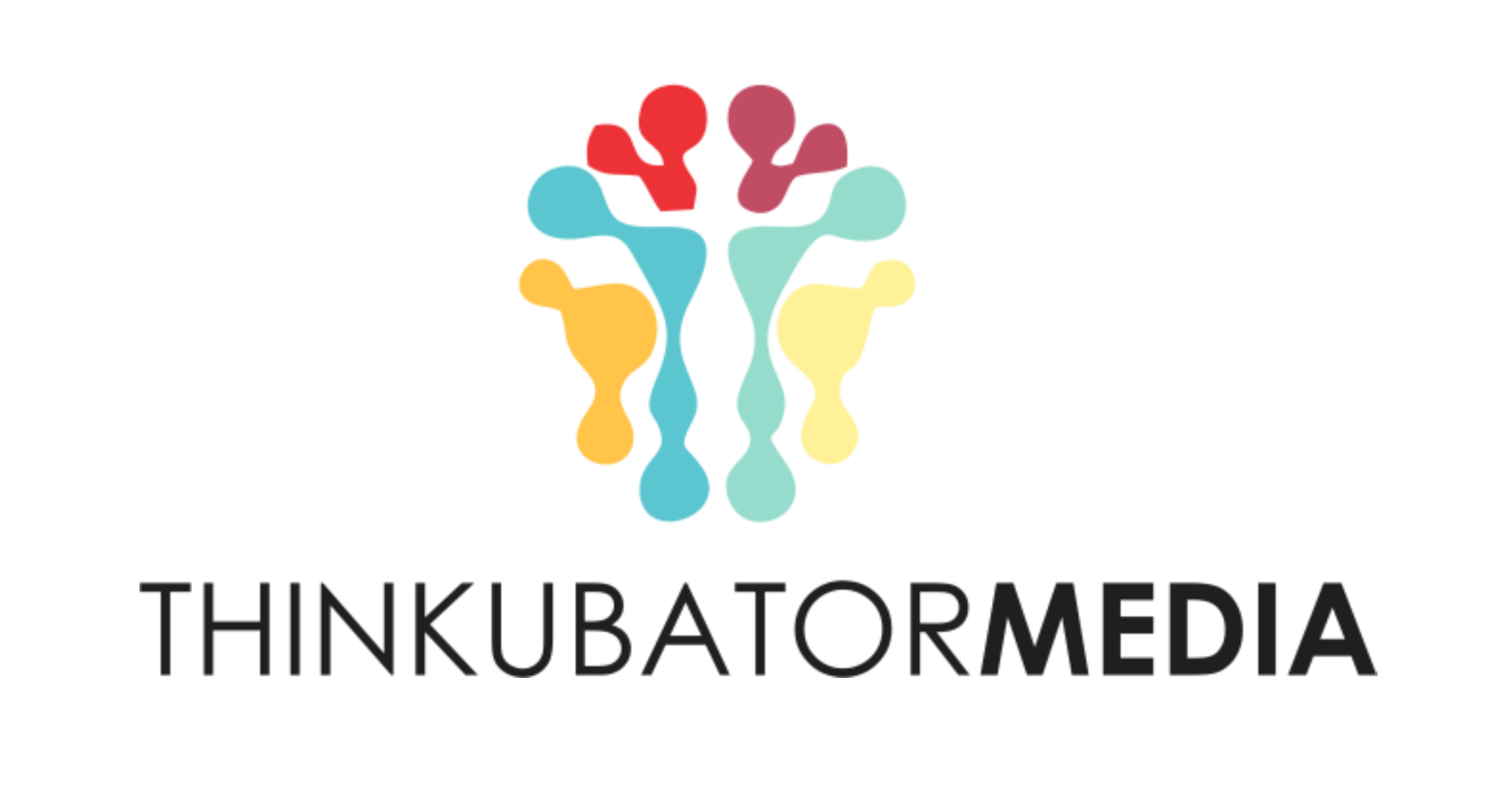 PANEL DISCUSSION:
PANEL DISCUSSION:Workforce Transformation: An Evolving Approach to Achieve Innovation
(Continental Breakfast Provided) Co-Organized with Thinkubator Media
 Lori Lennon, Founder & CEO, Thinkubator Media
Lori Lennon, Founder & CEO, Thinkubator Media
This panel will explore the pivotal decisions shaping our approach to DEI, focusing on workforce innovation and transformation. Panelists will discuss how these strategies are driving impactful change within organizations, fueling innovation, and redefining workplace culture.
PLENARY KEYNOTE SESSION
Ex vivo and in situ Engineered Stroma Targeted CAR T Cells for the Treatment of Solid Tumors and Fibrosis
 Ellen Puré, PhD, Chair & Professor, Biomedical Sciences, University of Pennsylvania
Ellen Puré, PhD, Chair & Professor, Biomedical Sciences, University of Pennsylvania
Engineered chimeric antigen receptor expressing T cells (CARTs) have had a major impact on the treatment of hematopoietic cancers. Solid tumors however, are largely resistant to malignant cell-targeted CAR Ts due to a stroma-rich microenvironment. This talk will provide proof-of-concept for therapeutic efficacy of ex vivo and in situ engineered stroma-targeted CAR Ts in solid tumors and tissue fibrosis, and their capacity to synergize with chemo- and other immune-based therapies.
9:35 amCoffee Break in the Exhibit Hall with Poster Viewing
ENTREPRENEUR MEET-UP
Fostering Entrepreneurship and Models for Start-Ups
Natalie Galant, CEO of Paradox Immunotherapeutics and Termeer Fellow, and Catharine Smith, Executive Director of the Termeer Foundation, are co-hosting an entrepreneurship meet up.
Are you a founder or aspiring founder? Are you an academic entrepreneur? Join Natalie and Catharine and PEGS attendee founders and entrepreneurs for networking and discussion.
We will discuss existing resources for academic entrepreneurs, founders, and start-up leaders, and areas where the ecosystem can better support you.
Near-Term Challenges for AI/ML in Biotherapeutic R&D
Peter M. Tessier, PhD, Albert M. Mattocks Professor, Pharmaceutical Sciences & Chemical Engineering, University of Michigan
- Benchmarking ML/AI methods compared to traditional approaches
- Development of human-relevant training data
- Expanding AI/ML prediction capabilities from molecular interactions to complex biological systems
- Extending ML/AI to genomic medicines and cell therapies
- Identifying and addressing core challenges in de novo designs
- Integrating AI/ML with existing R&D workflows
Sarel J. Fleishman, PhD, Professor, Biomolecular Sciences, Weizmann Institute of Science; Chief Scientist, Scala Biodesign
11:55 amSession Break
 LUNCHEON PRESENTATION: De novo Protein Sequencing for Identification of Neutralizing Antibodies in Human Plasma
LUNCHEON PRESENTATION: De novo Protein Sequencing for Identification of Neutralizing Antibodies in Human Plasma
 Thierry Le Bihan, Principal Scientist, Polyclonal Antibody Sequencing, Rapid Novor
Thierry Le Bihan, Principal Scientist, Polyclonal Antibody Sequencing, Rapid Novor
While B-cell sequencing aids human antibody discovery, it may miss the full diversity of circulating antibodies, as only 2-3% of B cells are in circulation, and not all produce antibodies. We demonstrate a mass spectrometry proteomics-based approach to sequencing neutralizing antibodies from serum of a patient vaccinated against SARS-CoV-2. Following de novo sequencing, we recombinantly expressed 12 antibodies and exhibited similar or higher binding affinities than the original polyclonal Ab.
INTERACTIVE DISCUSSIONS
Interactive Breakout Discussions are informal, moderated discussions, allowing participants to exchange ideas and experiences and develop future collaborations around a focused topic. Each discussion will be led by a facilitator who keeps the discussion on track and the group engaged. To get the most out of this format, please come prepared to share examples from your work, be a part of a collective, problem-solving session, and participate in active idea sharing. Please visit the Interactive Breakout Discussions page on the conference website for a complete listing of topics and descriptions.
Integrating AI/ML to Transform Biologics Design and Optimization
Kallol Ray, PhD, Vice President & Head, Global Biologics, Takeda Pharmaceuticals Inc.
- Impacts of AI/ML in protein therapeutics design: speed and innovation,
- Key advancements in AI/ML applications in biologics
- Emerging trends and potential future developments
- Major challenges (technical and computational hurdles, integration with existing workflows and systems)
MACHINE LEARNING USE CASES IN PROTEIN ENGINEERING
AI/ML in Biologics Drug Design: From Current Innovations to Future Possibilities
 Kallol Ray, PhD, Vice President & Head, Global Biologics, Takeda Pharmaceuticals Inc.
Kallol Ray, PhD, Vice President & Head, Global Biologics, Takeda Pharmaceuticals Inc.
Advances in AI/ML are transforming biologics drug design by optimizing antibody engineering, enhancing prediction of protein structures, and accelerating discovery timelines. This presentation will explore recent breakthroughs and real-world applications of machine learning in designing innovative biologics, with a focus on antibodies. The discussion will also highlight emerging trends, future possibilities, and the potential of AI-driven approaches to overcome complex challenges in engineering antibodies for diverse therapeutic applications.
LLM Embedding Coupled with Shallow Machine Learning Predicts the Expression Level of mAb and VHH in Mammalian Cells
 Rahmad Akbar, PhD, Senior Data Scientist, Antibody Design, Novo Nordisk
Rahmad Akbar, PhD, Senior Data Scientist, Antibody Design, Novo Nordisk
We discuss herein the utility of deep learning in capturing the latent embedding space to describe long-range interaction, biophysical properties, and downstream prediction task. The value of combining deep and shallow learning to operationalize AI for antibody design. And, we exemplify the application AI for antibody design by combining LLM embedding and shallow machine learning to predict the expression level of mAb and VHH in mammalian cells.
AlphaBind, a Domain-Specific Model for Prediction and Optimization of Antibody-Antigen Binding Affinity
 Randolph Lopez, PhD, CTO and Co-Founder, A-Alpha-Bio
Randolph Lopez, PhD, CTO and Co-Founder, A-Alpha-Bio
Antibodies are versatile therapeutic molecules that utilize immense combinatorial sequence diversity to cover a vast fitness landscape. However, designing optimal antibody sequences remains a major challenge. We introduce AlphaBind, a transformer-based model pre-trained on millions of antibody-antigen affinity measurements. In four parental antibody systems, we show that AlphaBind accurately predicts affinity using just one round of unguided data generation, allowing effective sequence optimization while preserving diversity and key biophysical properties.
4:00 pmIce Cream Break in the Exhibit Hall with Poster Viewing
Interpretable Machine Learning for Modeling Non-Specific Binding of Biologics
 Valentin Stanev, PhD, Associate Principal Data Scientist, AstraZeneca
Valentin Stanev, PhD, Associate Principal Data Scientist, AstraZeneca
High specificity is a key attribute of biologic drugs. Screening for high levels of non-specific binding (NSB) is an important part of assessing the overall developability profile of biologics candidates. I will present a machine learning workflow for predicting BVP-one of the most used NSB assays. Using descriptors based on computed protein structures, the workflow identifies several risk factors which tend to correlate with increase in NSB. The workflow is purely in silico and can dramatically reduce the cost and increase the throughput of early NSB screening.
IMPROVING SPECIFICITY AND MITIGATING OFF-TARGET EFFECTS
Engineered Miniprotein Multivalency for Precision Targeting
 Benjamin J. Hackel, PhD, Professor, Chemical Engineering & Materials Science, University of Minnesota
Benjamin J. Hackel, PhD, Professor, Chemical Engineering & Materials Science, University of Minnesota
We have advanced multivalent miniprotein engineering platforms to achieve selective control of target engagement in a size-efficient manner. We will present the effects of different molecular formats for multivalent binding, including the impact of paratope linkages and monovalent affinity on resultant selectivity and utility across multiple applications.
Control of CMV-Infected Cells with TCR-Based Bispecific T Cell Engagers
 Jennifer A. Maynard, PhD, Henry Beckman Professor, McKetta Department of Chemical Engineering, Cockrell School of Engineering, University of Texas Austin
Jennifer A. Maynard, PhD, Henry Beckman Professor, McKetta Department of Chemical Engineering, Cockrell School of Engineering, University of Texas Austin
Infection by human cytomegalovirus remains a concern for newborns and immunocompromised individuals. No vaccines or antibodies are available, but adoptive T cell therapy has shown promise. Accordingly, we engineered a human T cell receptor to have high affinity and peptide specificity for the immunodominant pp65/A2 complex on infected cells. After reformatting as a bispecific T cell engager, this protein potently activated T cells against peptide-pulsed and infected fibroblasts.
One-Shot Optimization of Protein Binding Affinity and Specificity by Computational Design
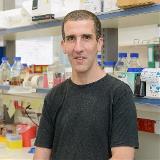 Sarel J. Fleishman, PhD, Professor, Biomolecular Sciences, Weizmann Institute of Science; Chief Scientist, Scala Biodesign
Sarel J. Fleishman, PhD, Professor, Biomolecular Sciences, Weizmann Institute of Science; Chief Scientist, Scala Biodesign
We are developing a strategy for antibody design that addresses antibody affinity and developability by combining atomistic design and machine-learning calculations. Our work demonstrates that affinity can be enhanced by designing mutations that stabilize light-heavy chain interfaces or the CDRs, and that these enhancements often correlate with improvements in stability and antibody expressibility. I will also discuss new work to design universal antibody repertoires for accelerated discovery of developable antibodies.
6:40 pmNetworking Reception in the Exhibit Hall with Poster Viewing
7:40 pmClose of Engineering Antibodies Conference
* 不測の事態により、事前の予告なしにプログラムが変更される場合があります。
アジェンダ・講演者・スポンサー更新
2025年 プログラム
表示する:

工学ストリーム

腫瘍ストリーム

多重特異性ストリーム

免疫療法ストリーム

発現ストリーム

分析法ストリーム

免疫原性ストリーム

新興治療ストリーム

機械学習ストリーム
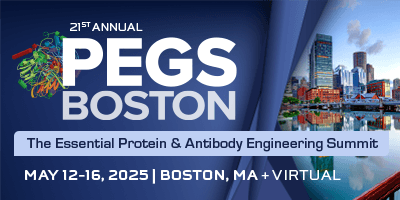
 Talk Title to be Announced
Talk Title to be Announced Talk Title to be Announced
Talk Title to be Announced




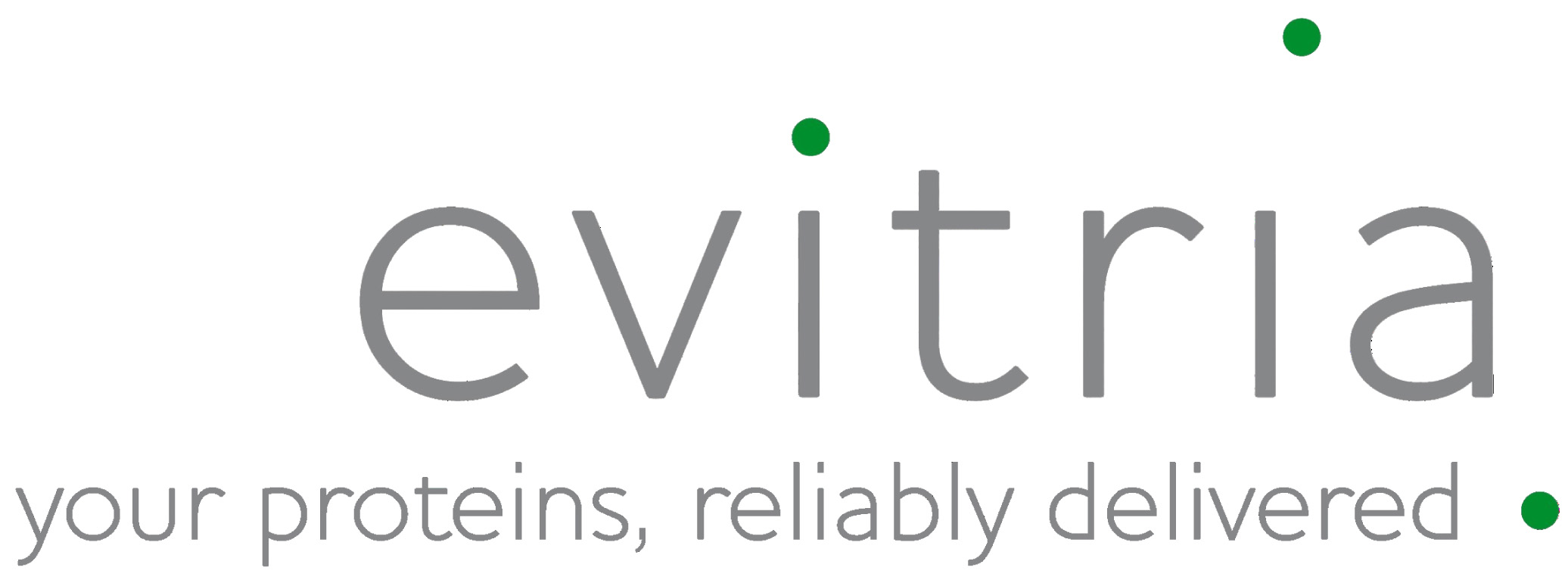 Talk Title to be Announced
Talk Title to be Announced Talk Title to be Announced
Talk Title to be Announced Talk Title to be Announced
Talk Title to be Announced



